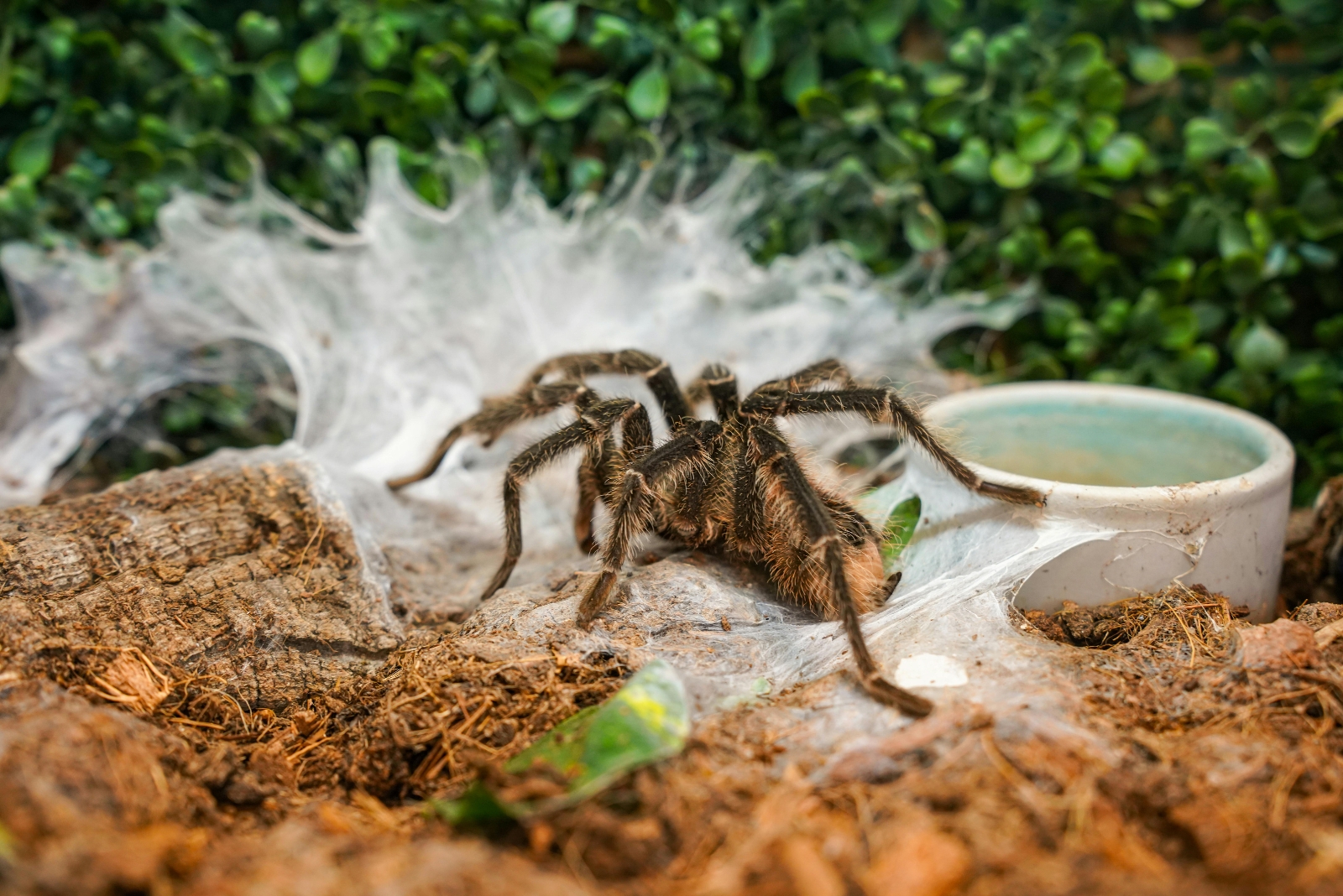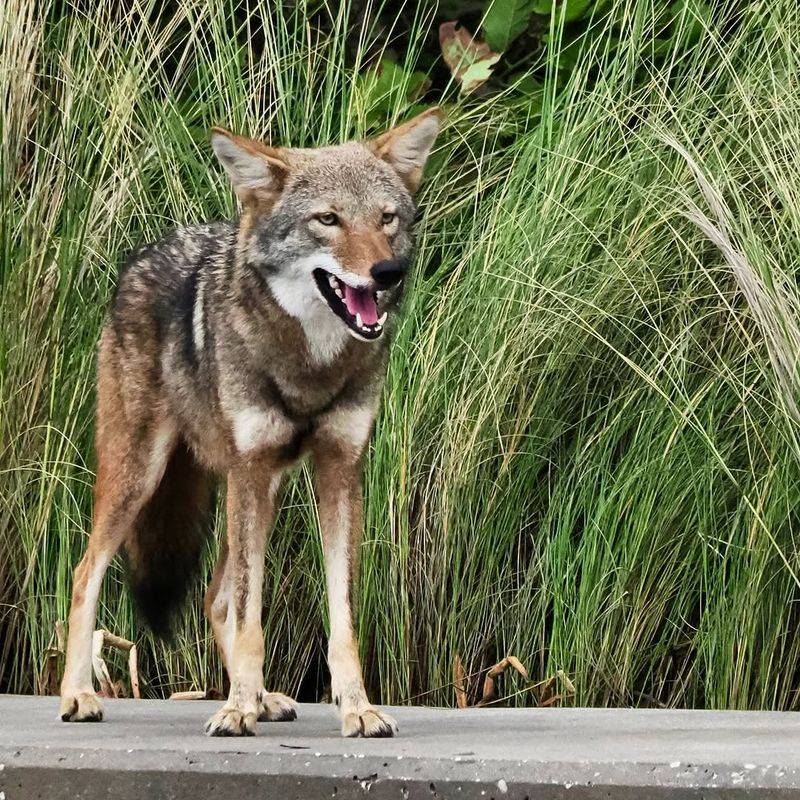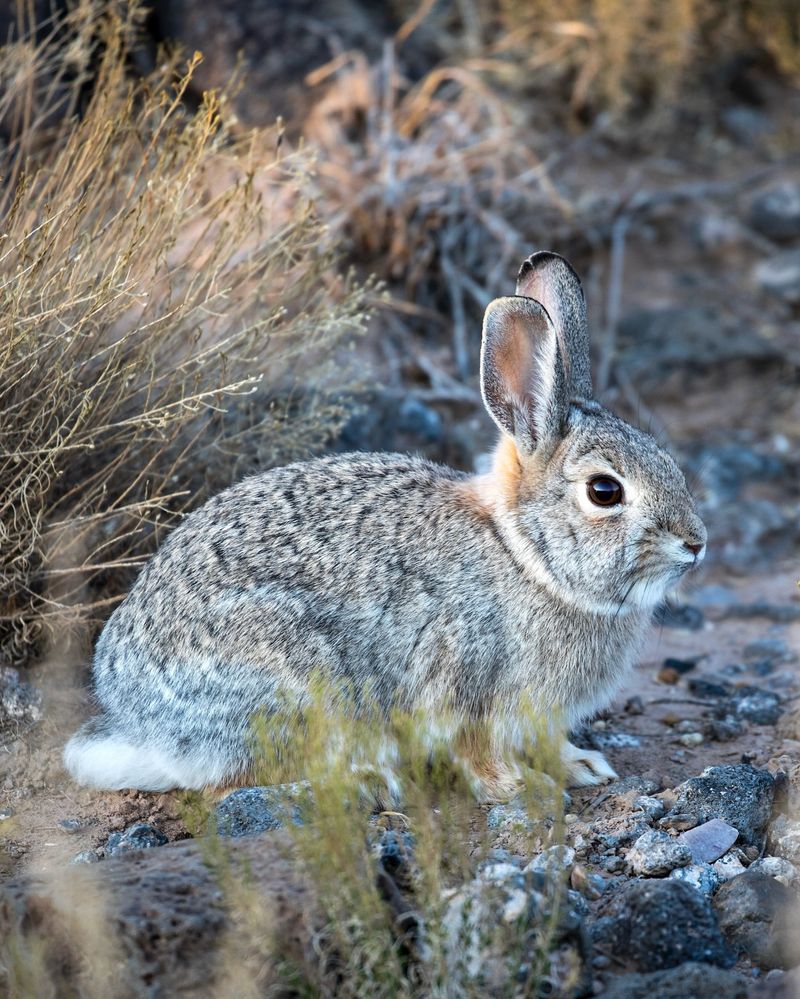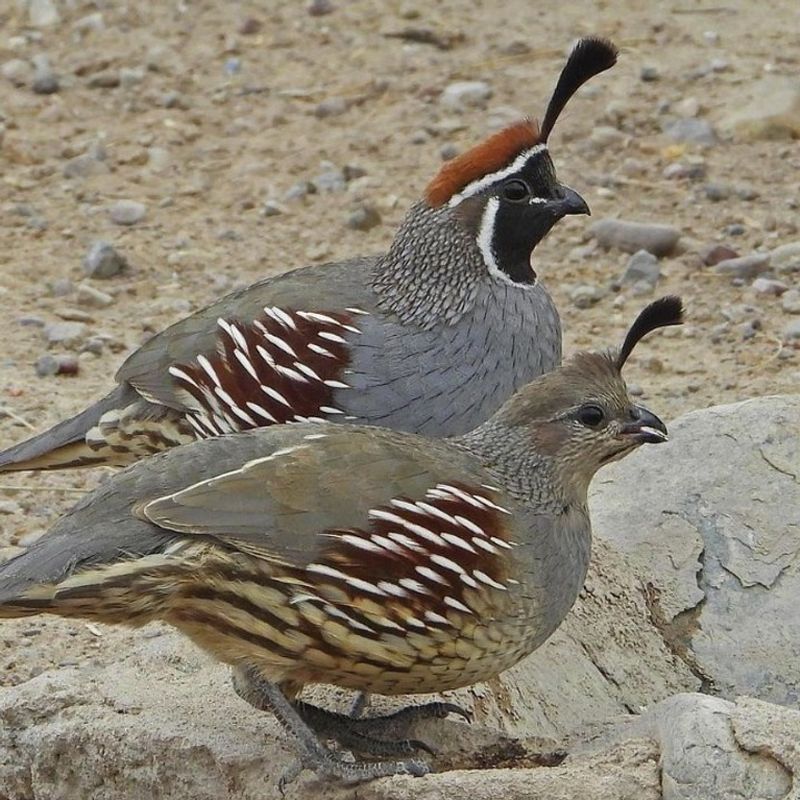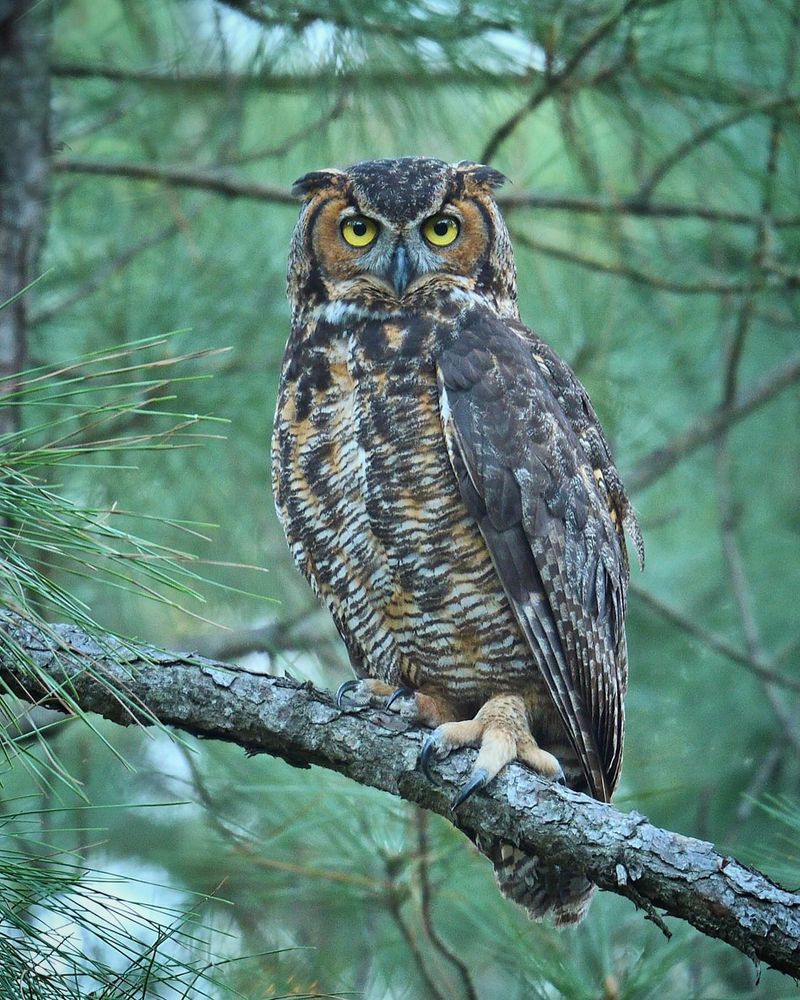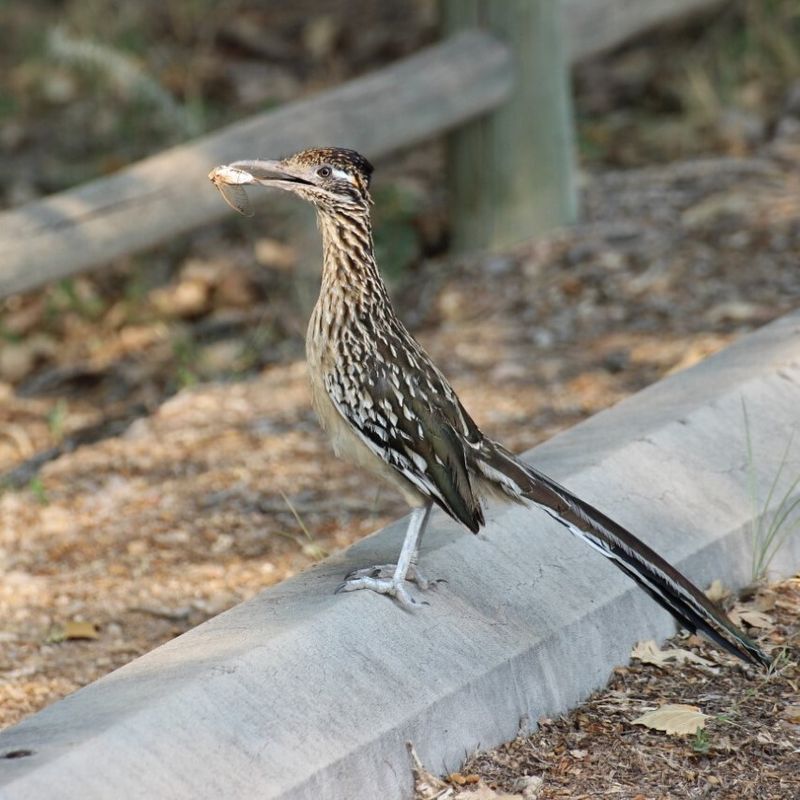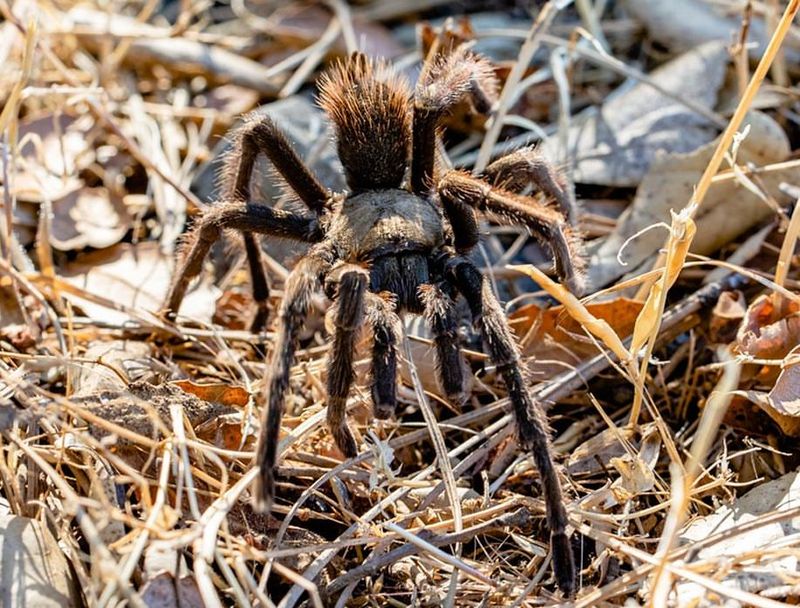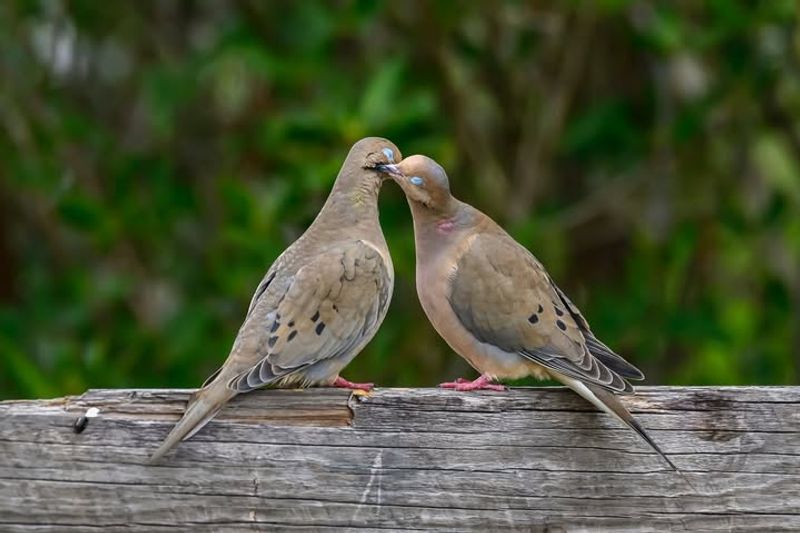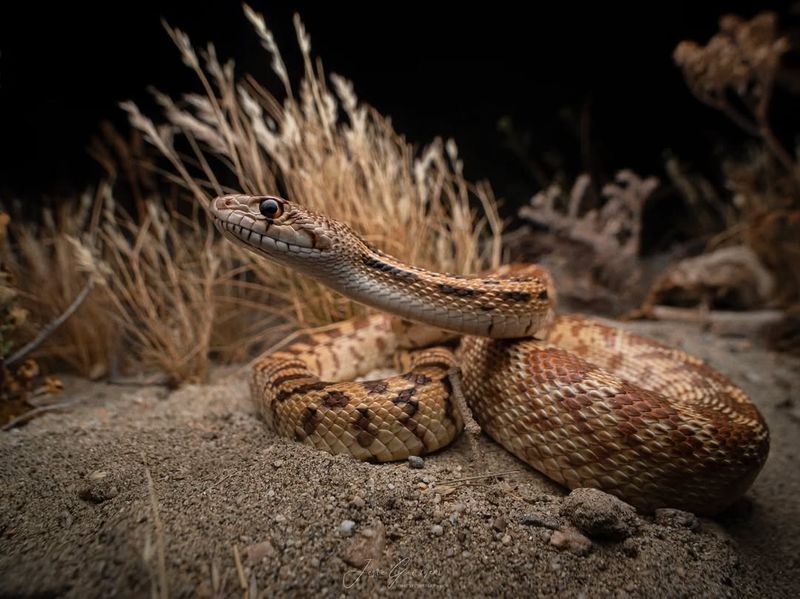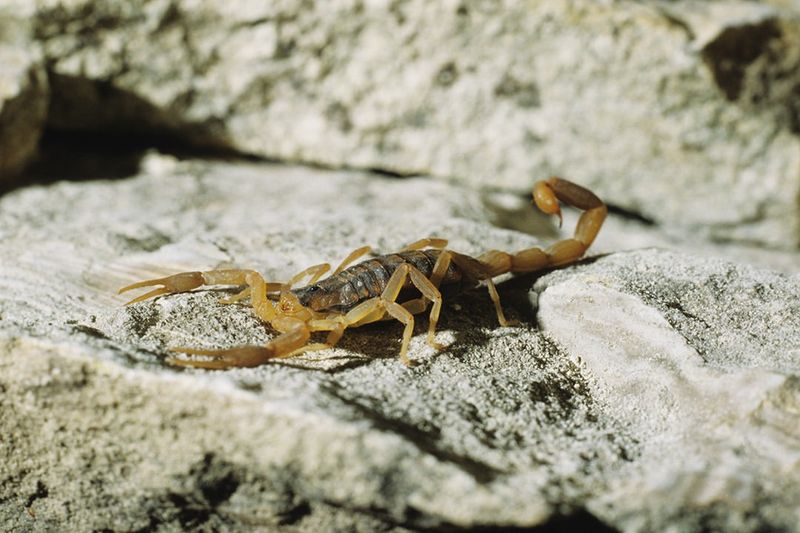Nevada might be known for its deserts and casinos, but wildlife is everywhere if you know where to look.
From bustling city streets to quiet suburban yards, all sorts of creatures have learned to live alongside humans. You might be surprised by what’s hiding in your own neighborhood right now.
1. Coyotes
Spotting a coyote trotting through your Nevada neighborhood at dusk might seem strange, but it happens more often than you think. Adaptable hunters, coyotes eat everything from rodents to fruit, making cities surprisingly good homes for them.
Keep pets indoors at night and never leave food outside. Coyotes rarely bother humans but will investigate easy meals. If you see one, make noise and appear large to scare it away safely.
2. Desert Cottontail Rabbits
With twitching noses and fluffy white tails, desert cottontails are adorable yard visitors. They munch on grass, flowers, and Nevada garden plants during early morning and evening hours when temperatures drop.
Protect your vegetables with chicken wire fencing at least two feet high. Cottontails breed quickly, so a couple rabbits can become many in just months. Watch them from a distance rather than approaching or touching them.
3. Gambel’s Quail
Recognizable by their teardrop-shaped head plumes, Gambel’s quail travel in groups called coveys. Their cheerful calls echo through Nevada neighborhoods as they search for seeds and insects in landscaped yards.
Plant native shrubs to give them shelter and watch families parade through with adorable chicks in spring. Don’t be surprised if a dozen birds suddenly appear under your bird feeder. They prefer ground feeding over hanging feeders.
4. Black Widow Spiders
Shiny black bodies with red hourglass markings make black widows easy to identify. They hide in dark, undisturbed spots like garages, sheds, and woodpiles throughout Nevada neighborhoods.
Wear gloves when moving stored items and shake out shoes left outside overnight. Their venom is serious but bites are rare since they’re shy creatures. Regular cleaning of cluttered areas discourages them from settling in around your home.
5. Great Horned Owls
Powerful predators with distinctive ear tufts, great horned owls hunt silently through Nevada city parks and neighborhoods after sunset. Their deep hooting calls carry for miles on quiet nights.
Look for them perched in tall trees or on light poles scanning for prey like rats and rabbits. They control rodent populations naturally, making them helpful neighbors. Never approach nesting owls in spring as protective parents may dive at perceived threats.
6. Roadrunners
Faster than you’d expect, roadrunners zip across Nevada yards chasing lizards, insects, and even small snakes. Their long tails and spiky crests give them a distinctive prehistoric appearance.
Watch them sunbathe with wings spread on cool mornings to warm up quickly. They’re ground birds that rarely fly, preferring to sprint away from danger. Roadrunners help control pest populations and provide entertaining wildlife watching from your window.
7. Tarantulas
Large and fuzzy, tarantulas might look scary but they’re actually gentle creatures. Male tarantulas wander through Nevada neighborhoods in fall searching for mates, sometimes crossing sidewalks and driveways.
They eat insects and help control pest populations naturally. If you find one inside, carefully trap it under a container and release it outside. Tarantulas can live over 20 years and rarely bite unless seriously threatened or mishandled.
8. Mourning Doves
Soft cooing sounds signal mourning doves are nearby, often perched on fences or power lines. These plump gray-brown birds are among the most common visitors to Nevada yards and parks.
They gobble seeds from feeders and ground spills, sometimes eating hundreds daily. Mourning doves mate for life and build flimsy-looking nests in trees and shrubs. Their whistling wing sounds during takeoff are distinctive and easy to recognize once you know them.
9. Gopher Snakes
Often mistaken for rattlesnakes, gopher snakes are harmless rodent hunters that benefit Nevada homeowners. They can grow over five feet long and sometimes vibrate their tails when scared, mimicking rattlesnakes.
Check carefully before assuming any snake is dangerous. Gopher snakes have round pupils while rattlesnakes have vertical slits. Let them hunt freely in your yard as they control mice and gophers naturally without poison or traps needed.
10. Bobcats
Spotting a bobcat is rare but increasingly common in Nevada neighborhoods. These medium-sized wild cats have spotted coats, short tails, and tufted ears, hunting mainly at dawn and dusk.
They prey on rabbits, rodents, and birds, avoiding humans whenever possible. Secure small pets indoors during early morning and evening hours. Bobcats are solitary and shy, usually disappearing before you realize they were there at all.
11. Scorpions
Glowing under blacklights, scorpions hunt insects around Nevada homes after dark. The bark scorpion, most common in urban areas, delivers painful but rarely dangerous stings to humans.
Shake out clothing and shoes before wearing them and check bedding before sleeping. Seal cracks around doors and windows to keep them outside. Scorpions eat other pests like crickets and cockroaches, providing natural pest control despite their scary reputation.

